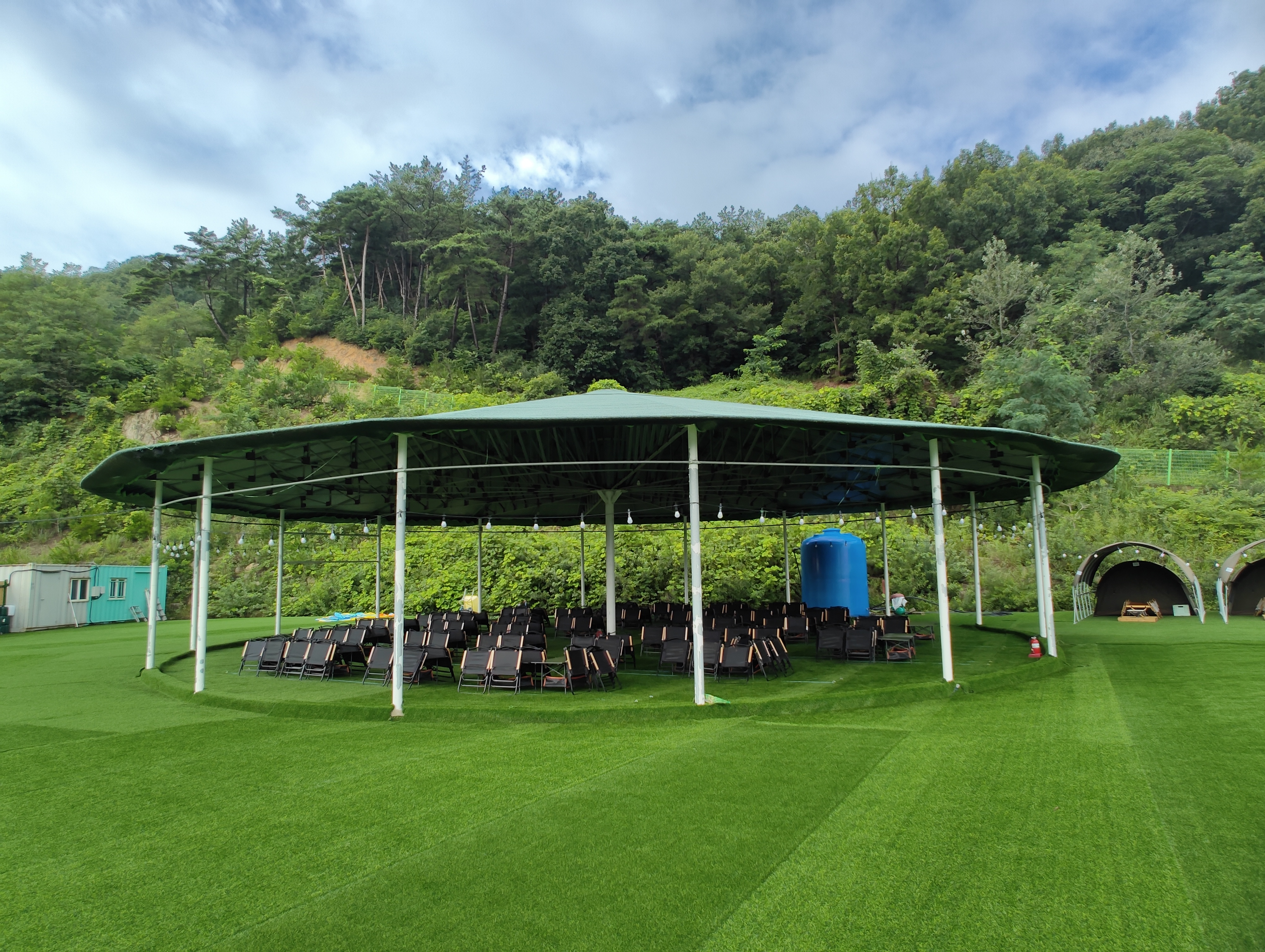Many people are attracted to the low-maintenance profile of artificial grass, but they’re concerned about the environmental impact.
Truth be told, fake grass used to be manufactured with damaging chemicals such as lead.
These days, however, nearly all grass companies make products that are 100% lead-free, and they test for harmful chemicals like PFAS.
Manufacturers are also getting more creative with ways to make artificial grass as “green” as the real stuff, using renewable materials such as soybeans and sugar cane fibers, as well as recycled ocean plastics.
Additionally, there are numerous environmental benefits of artificial grass.
Fake grass drastically reduces the need for water.
It doesn’t require chemicals, fertilizers, or pesticides either, preventing these harmful chemicals from disrupting the ecosystem through lawn runoff.
A synthetic lawn also eliminates the pollution from gas-powered lawn equipment (as well as the time and energy that lawn chores require).
Post time: Oct-26-2023







